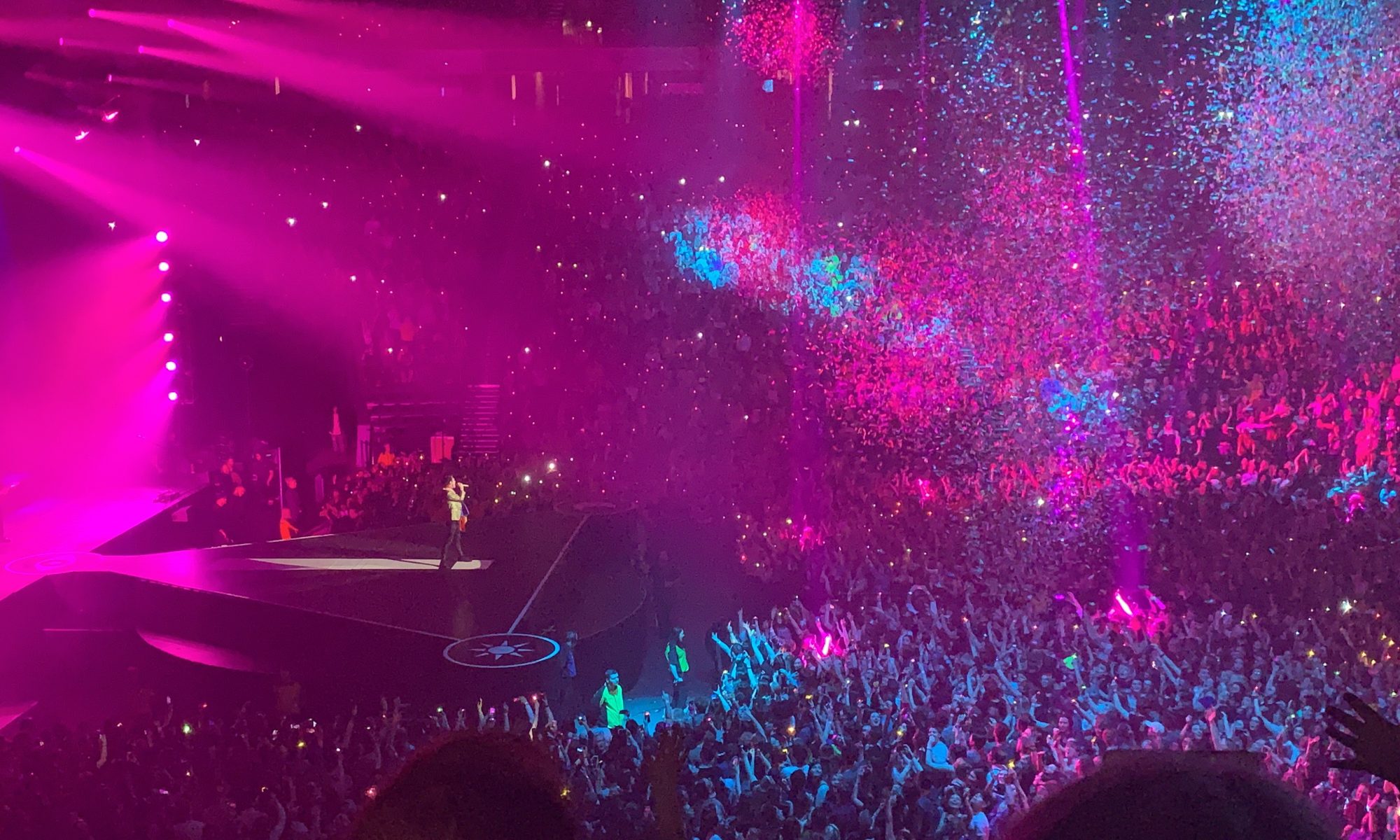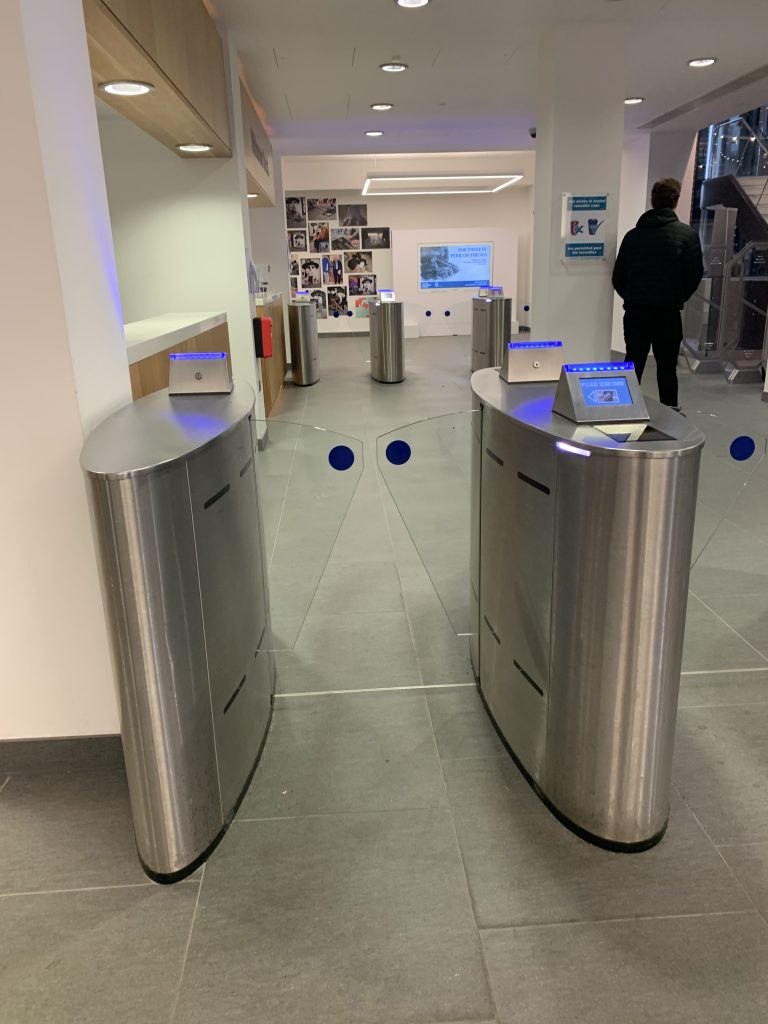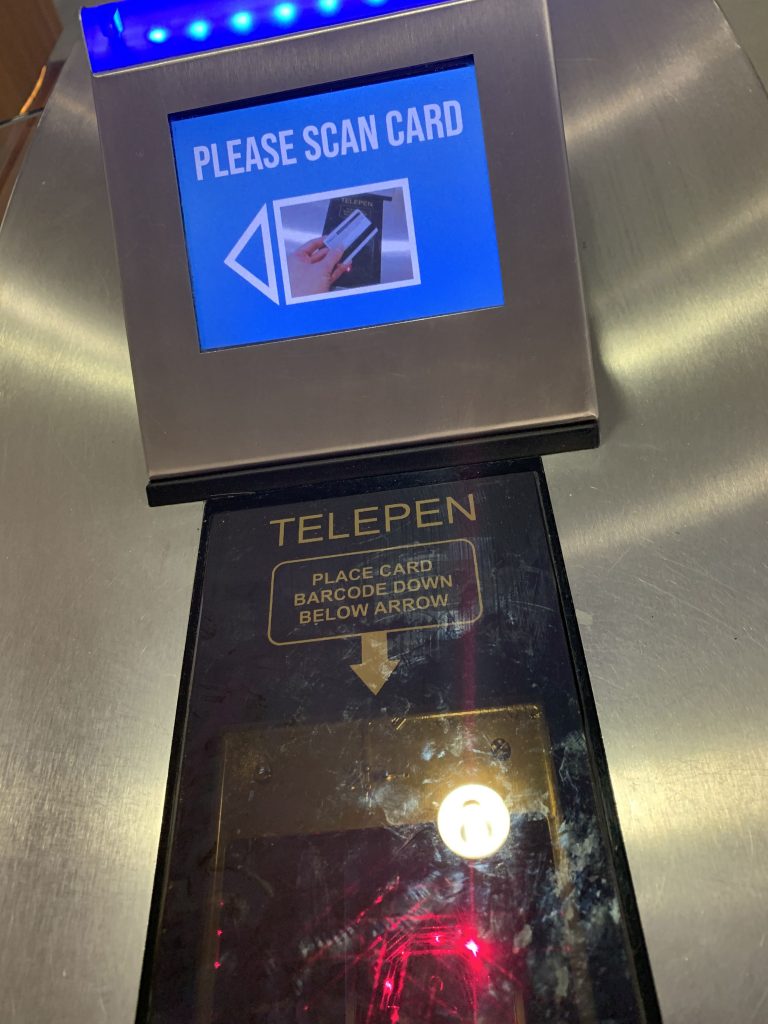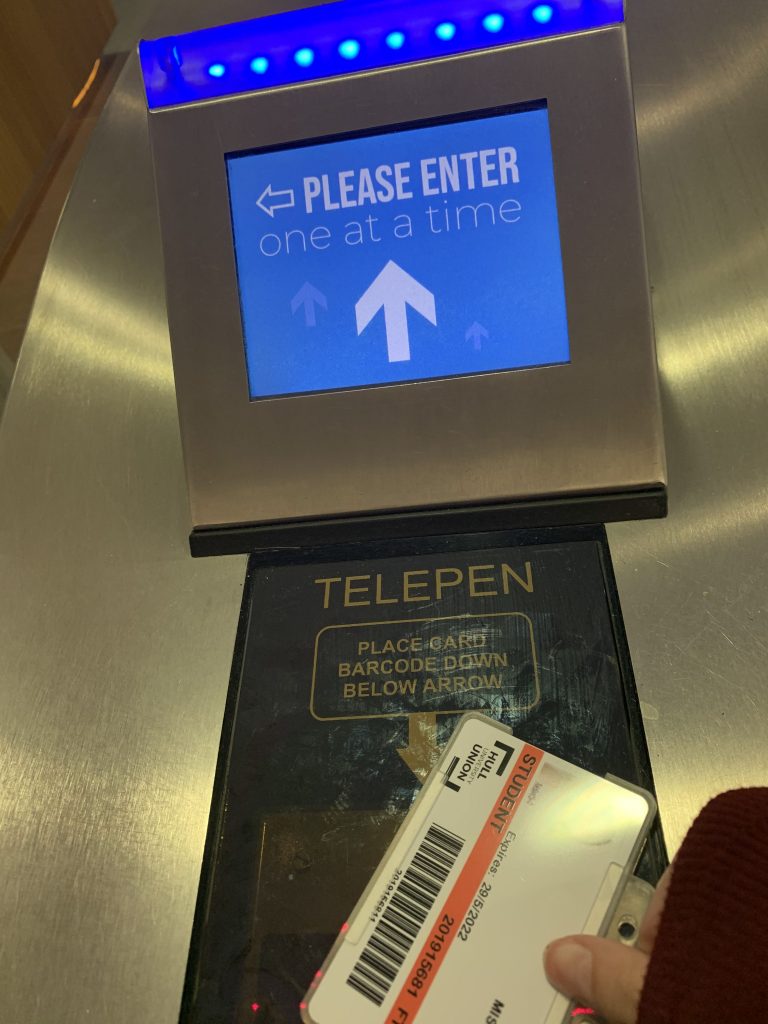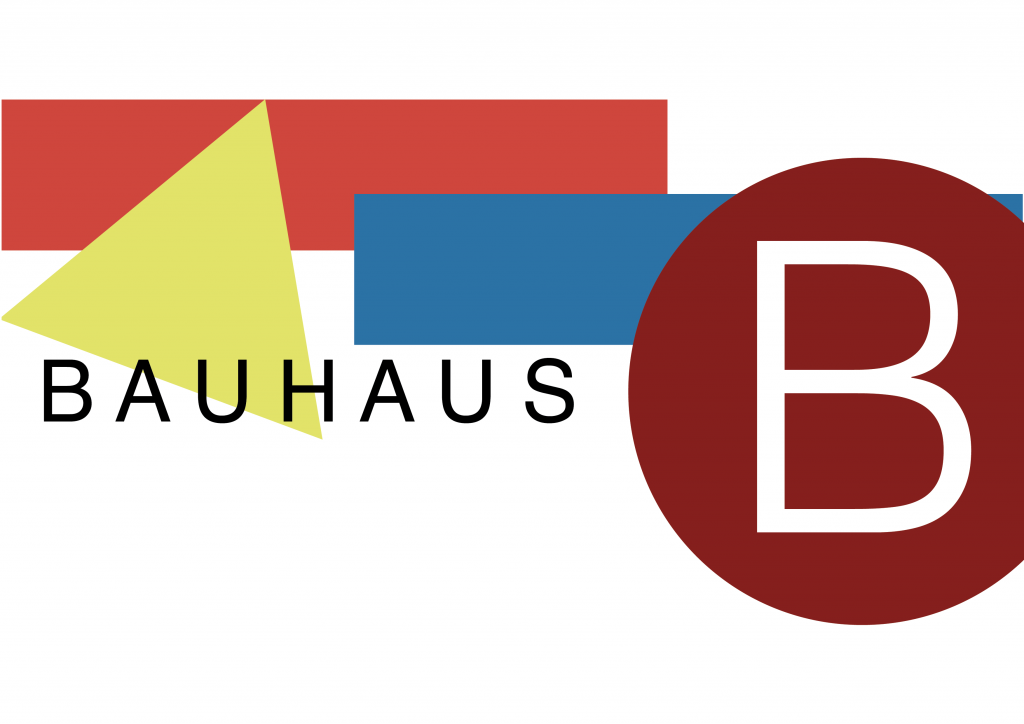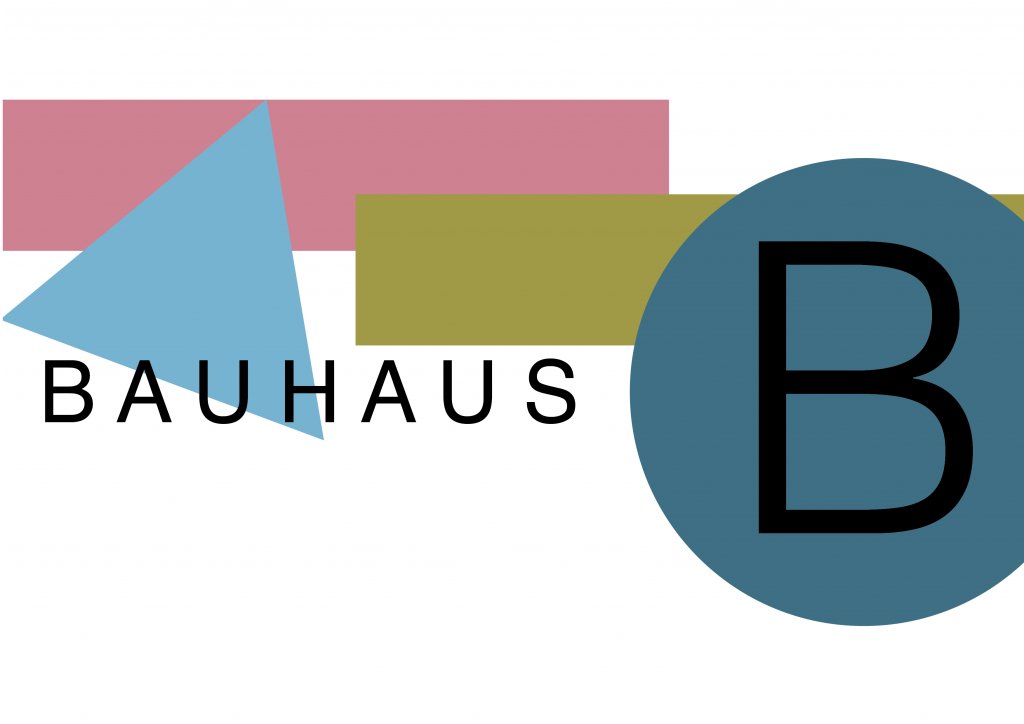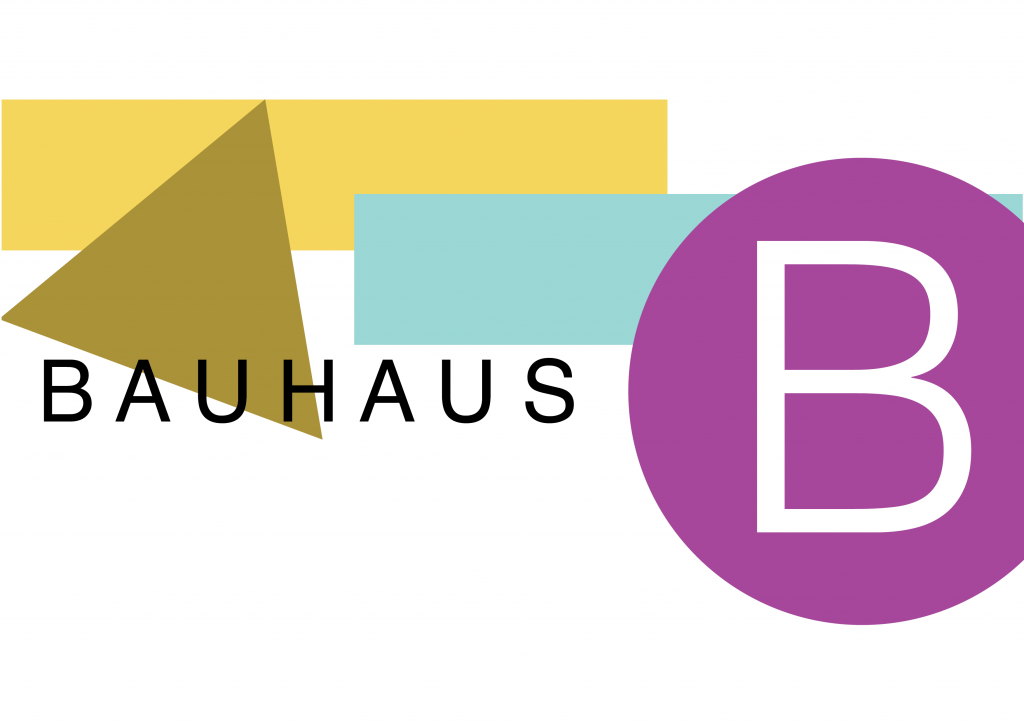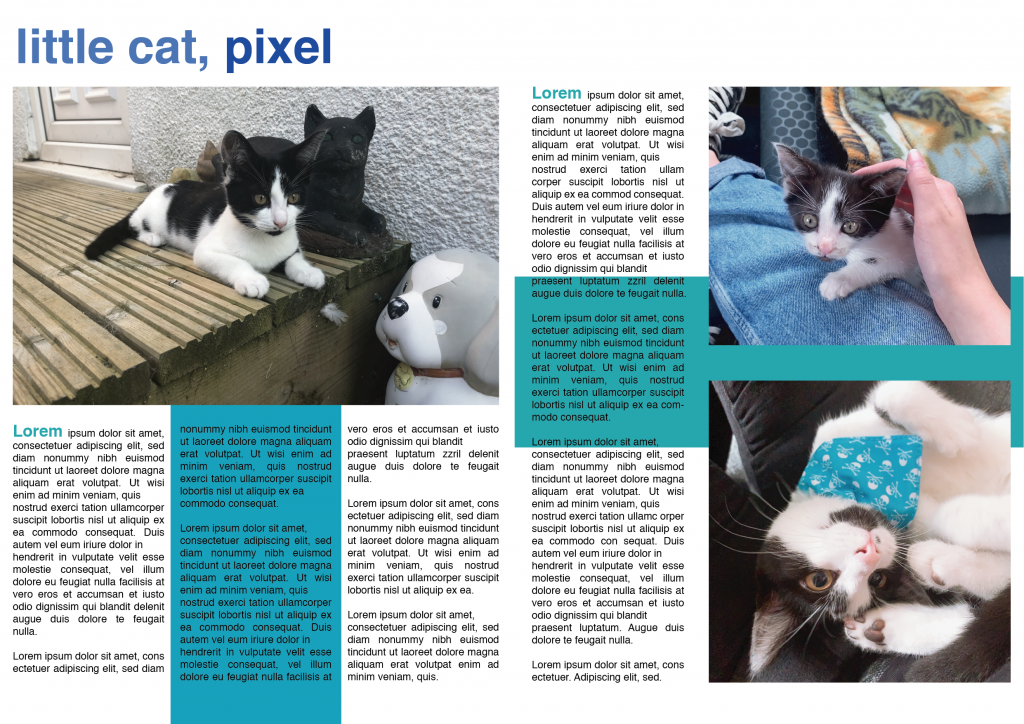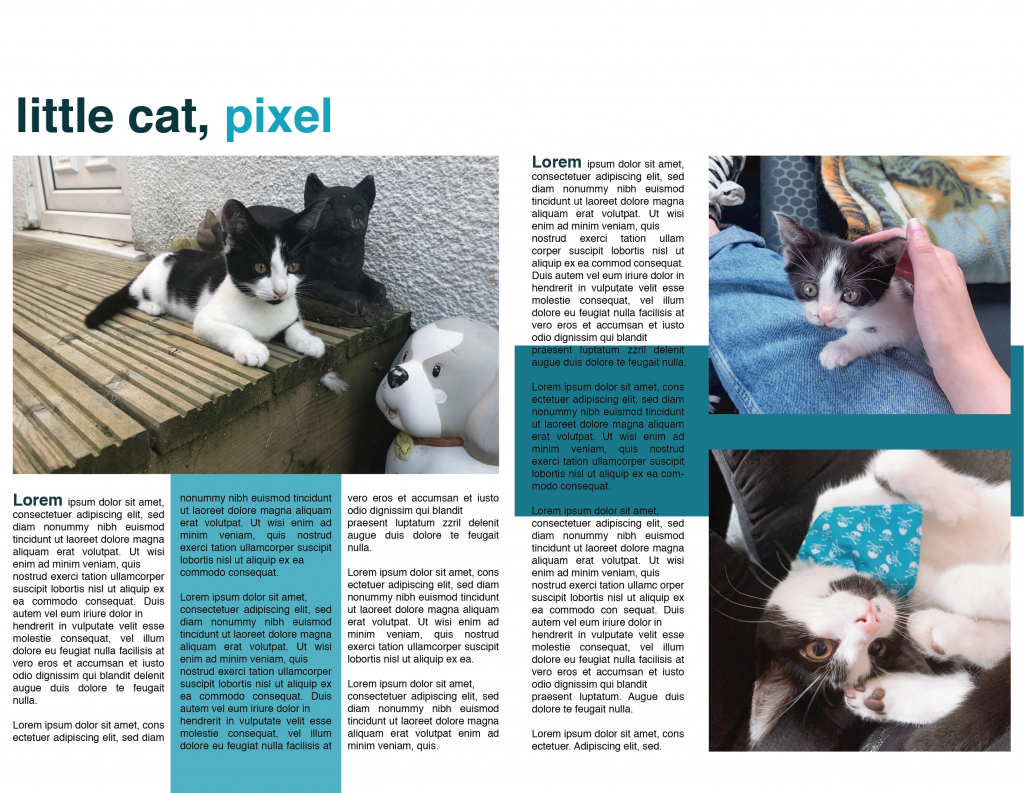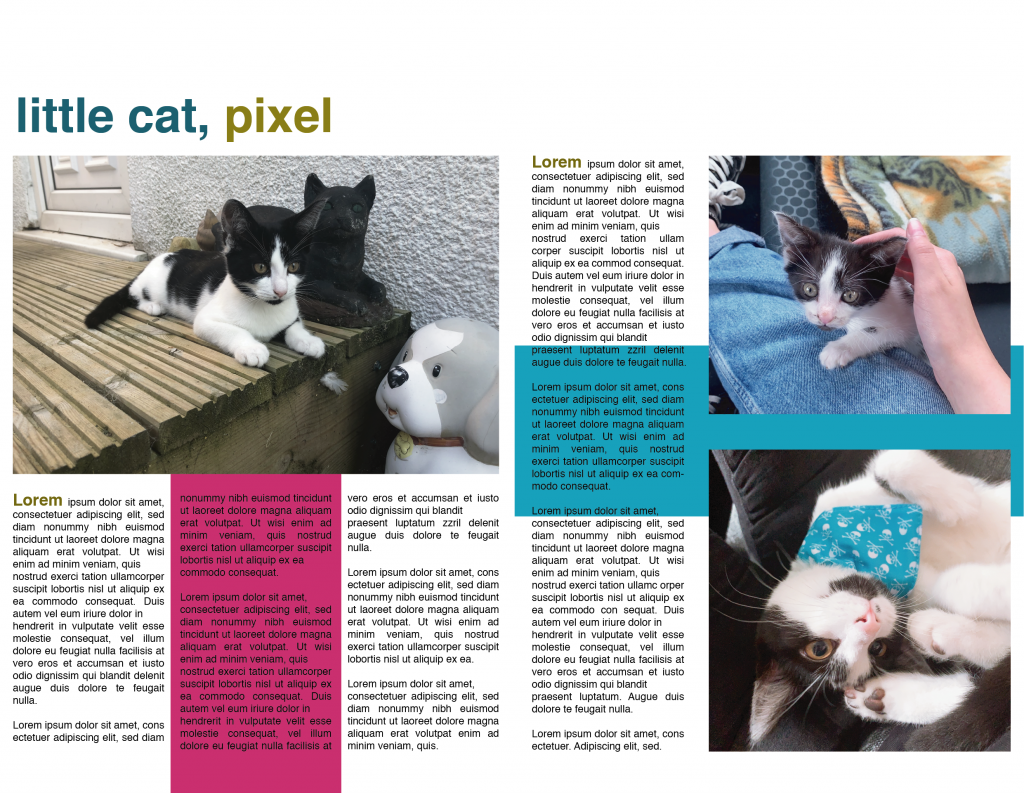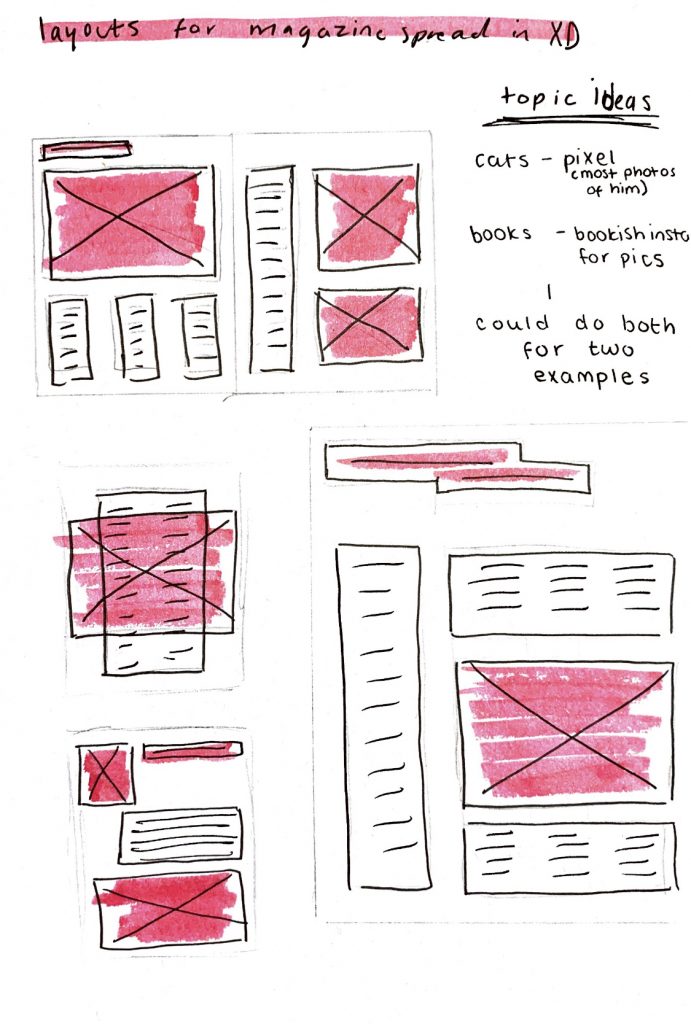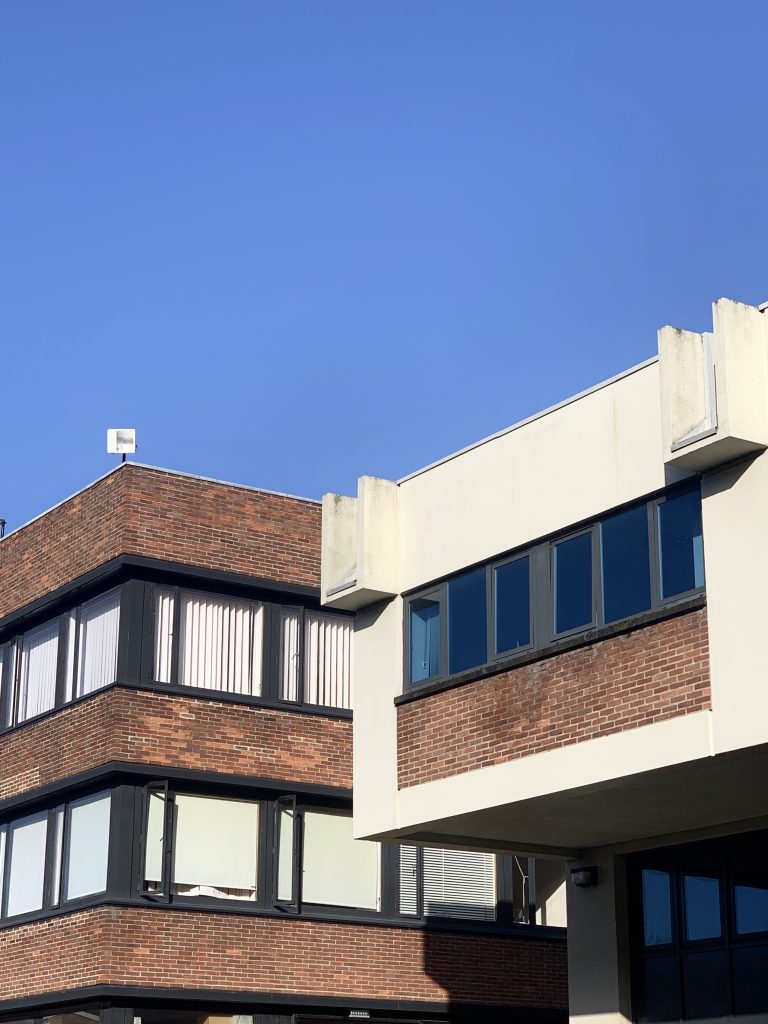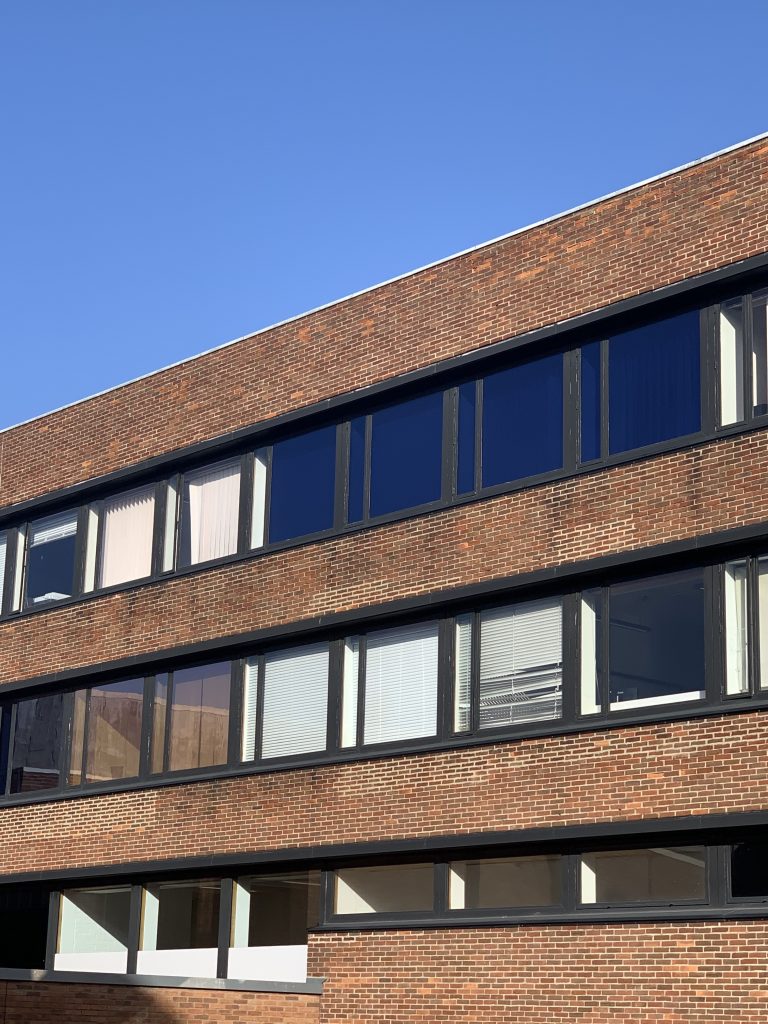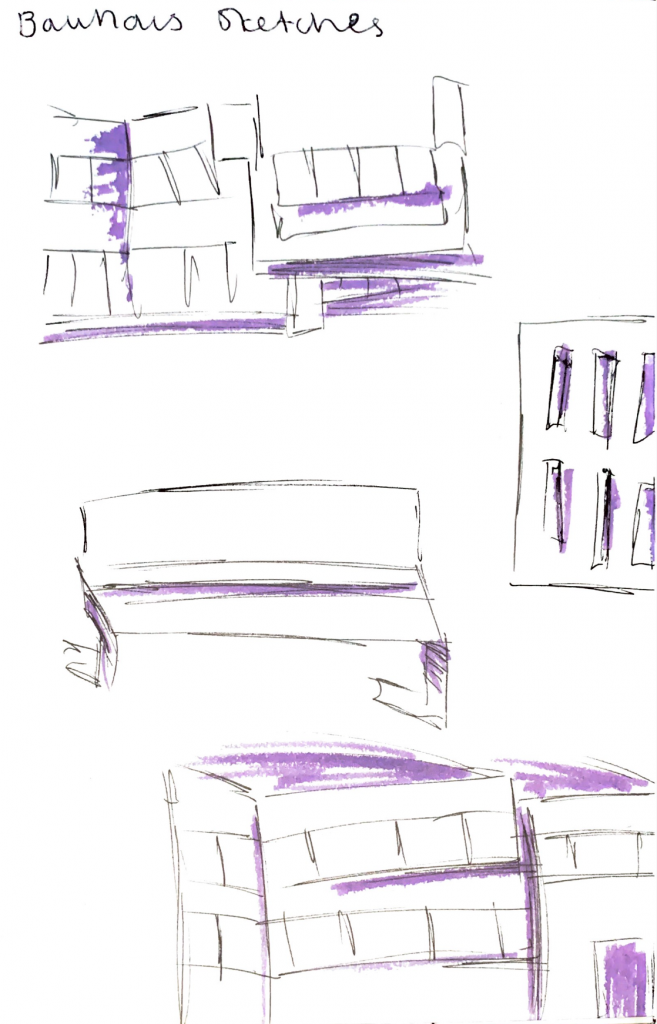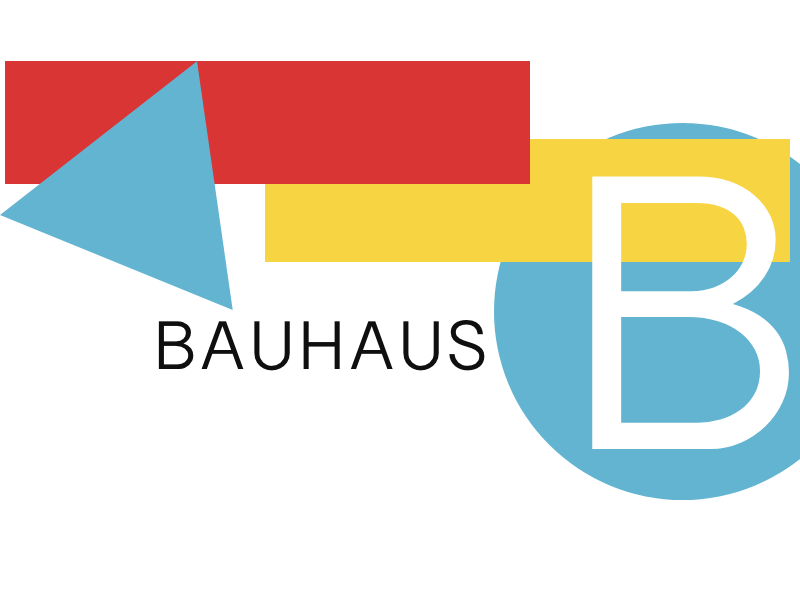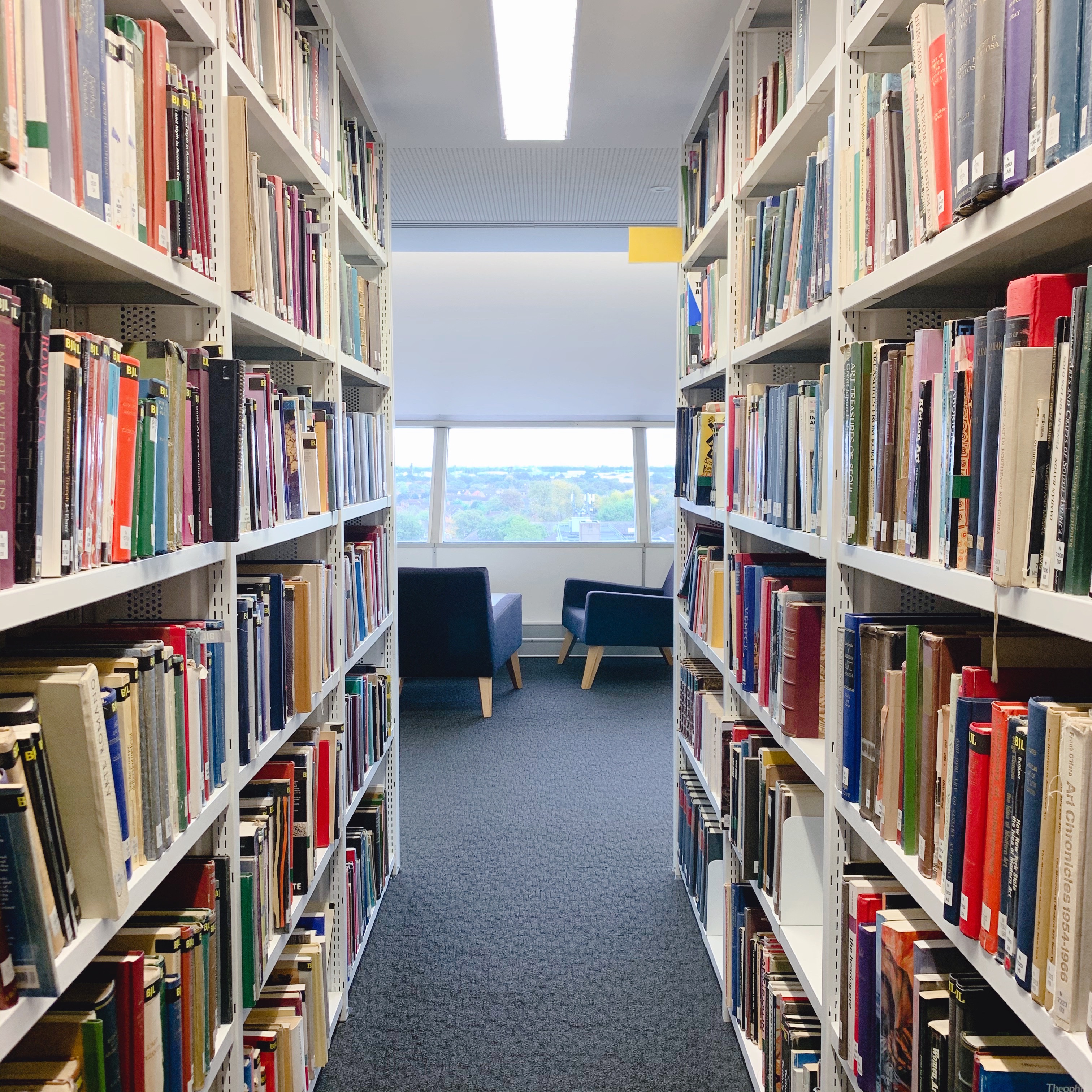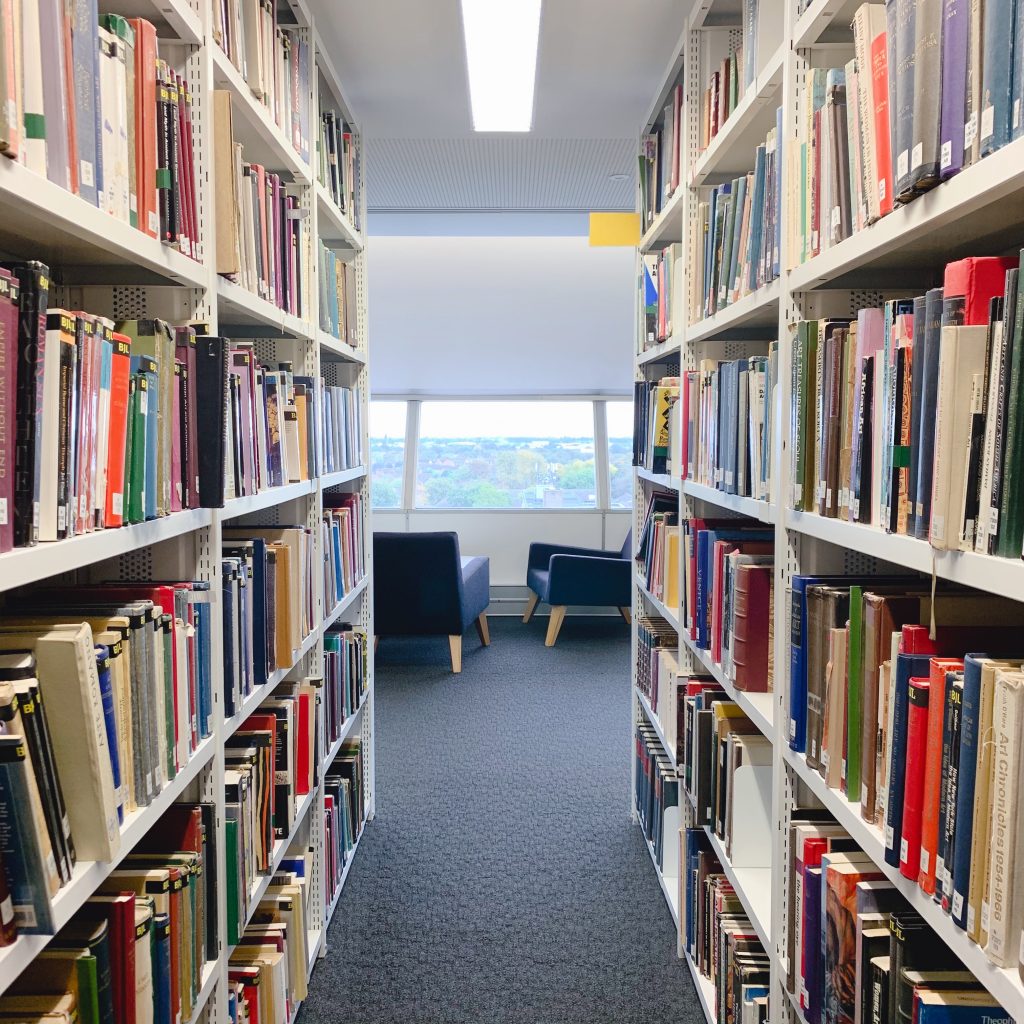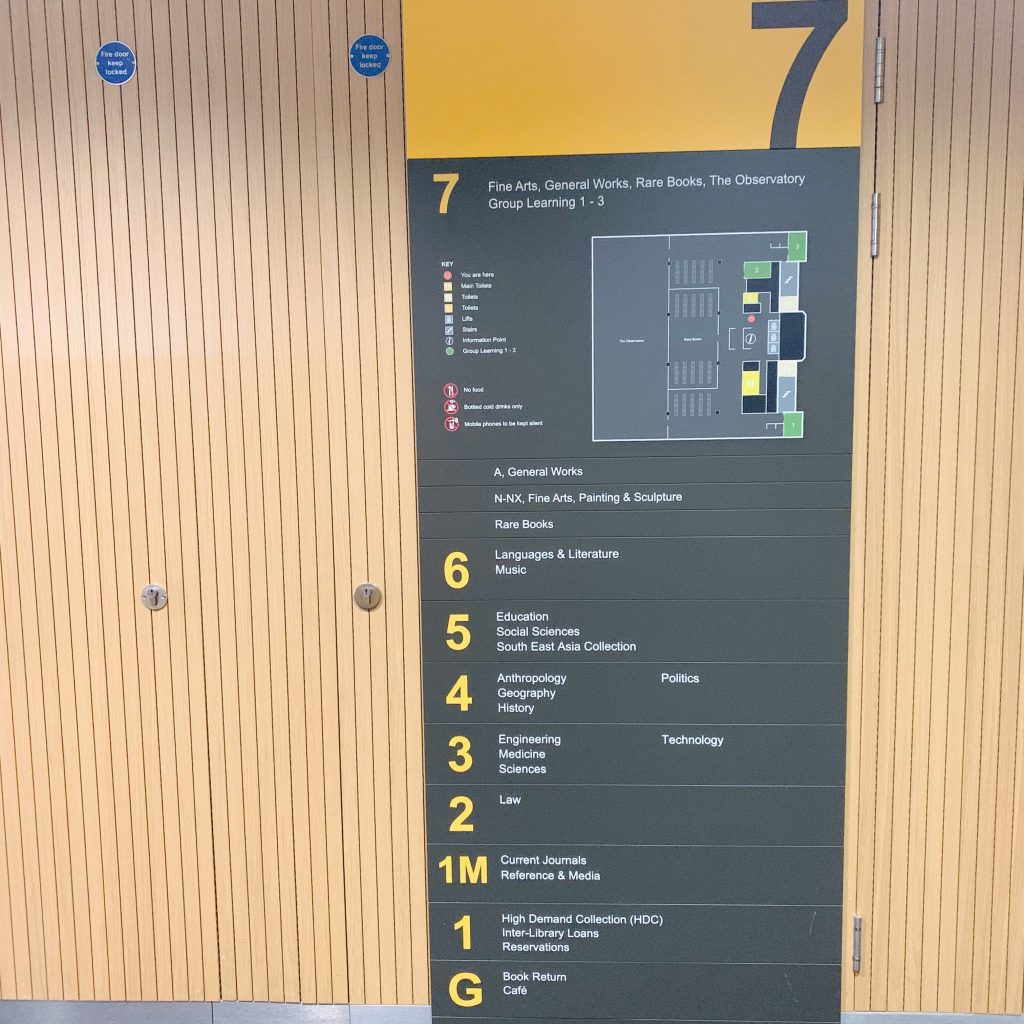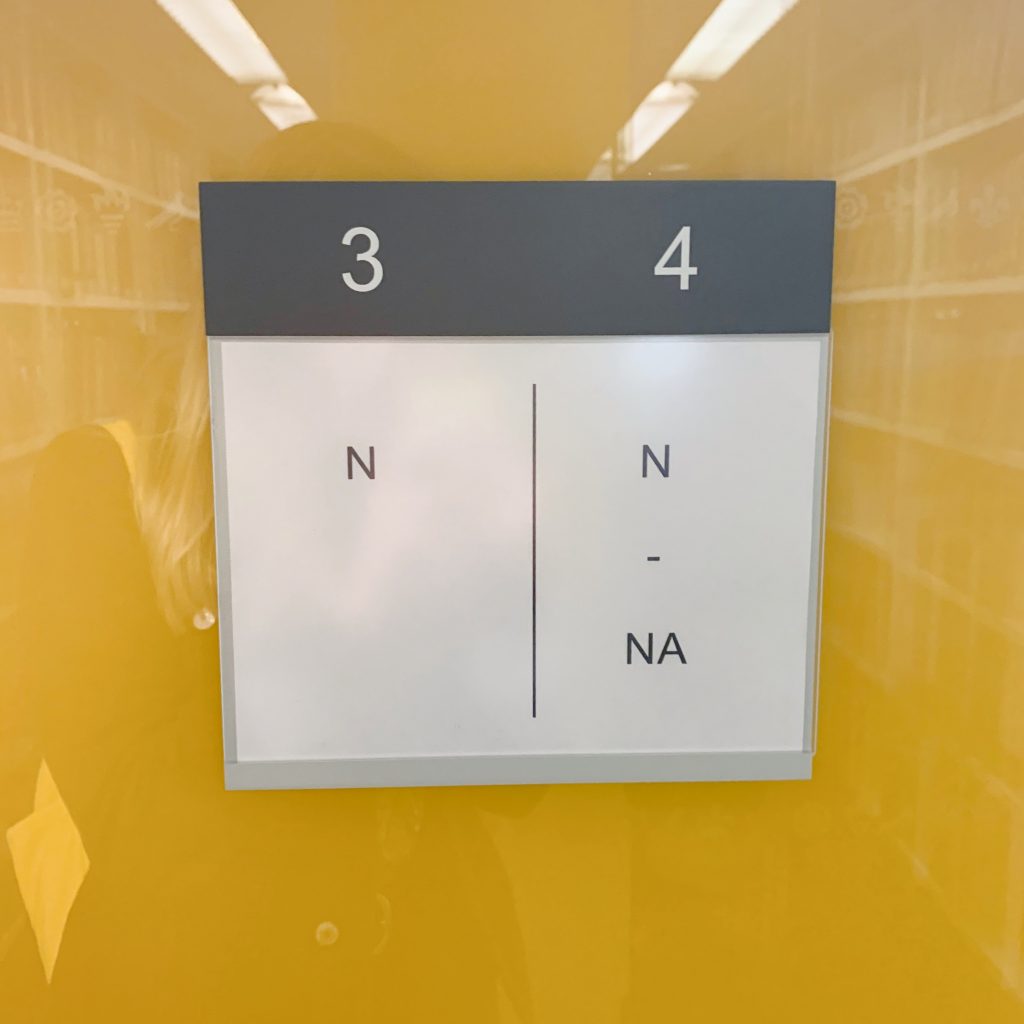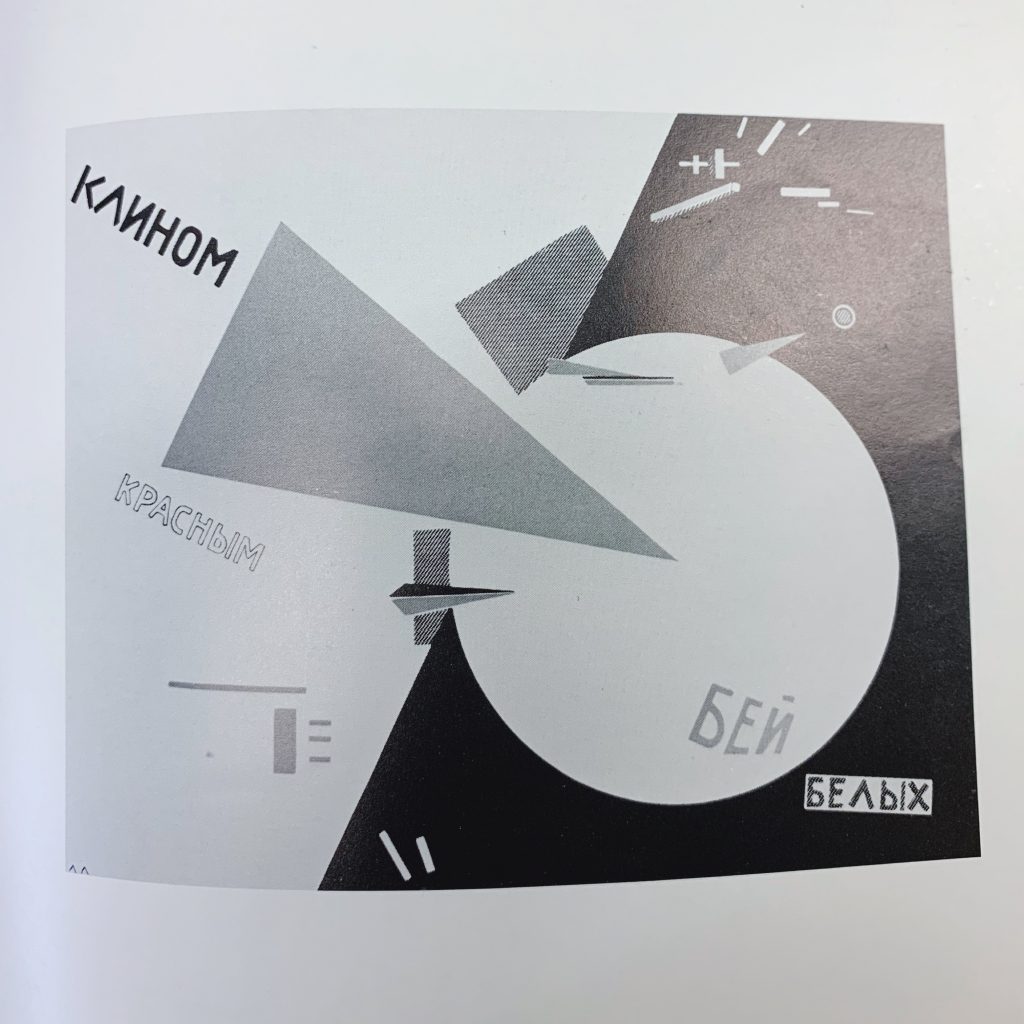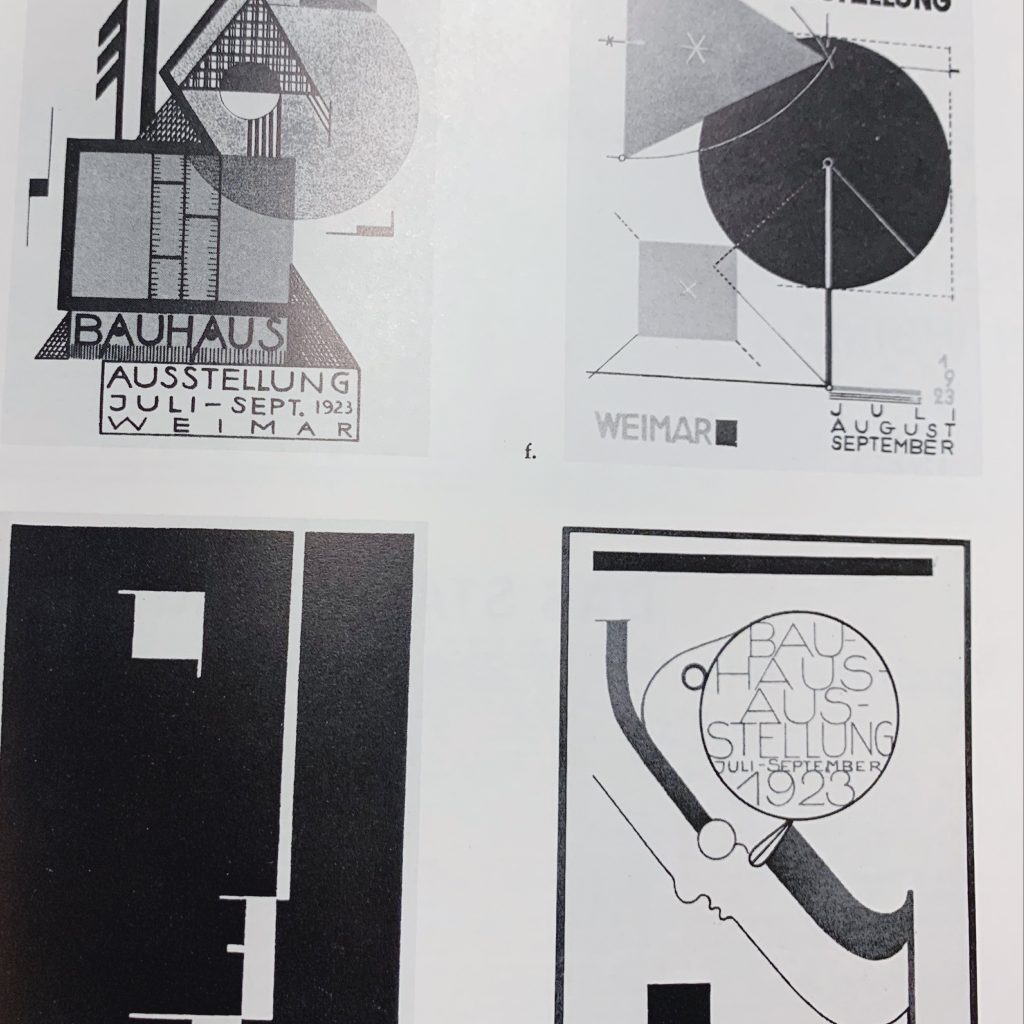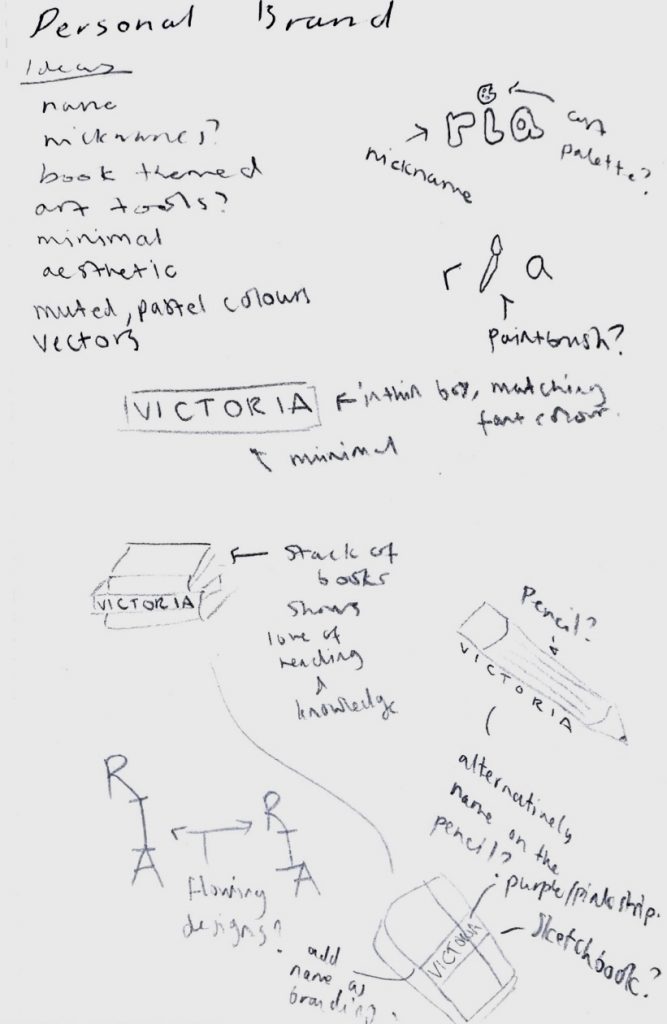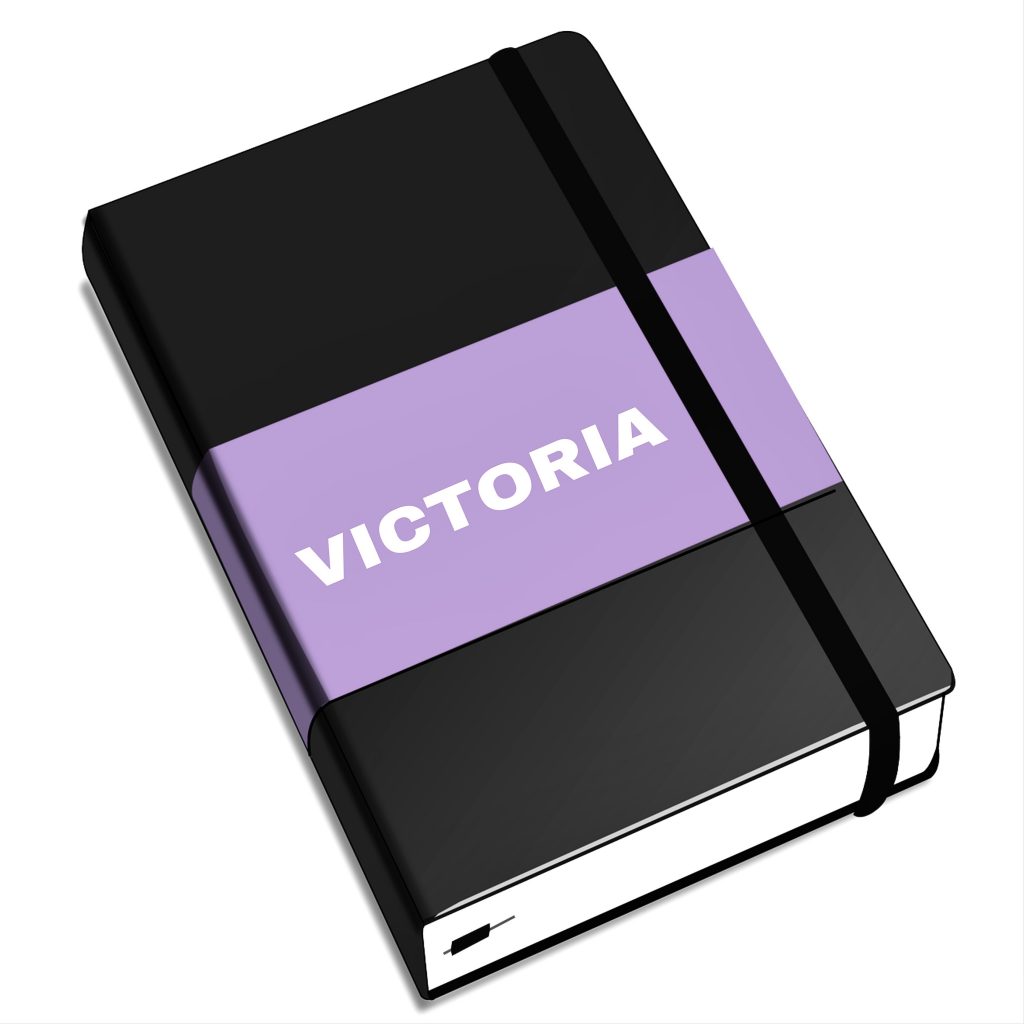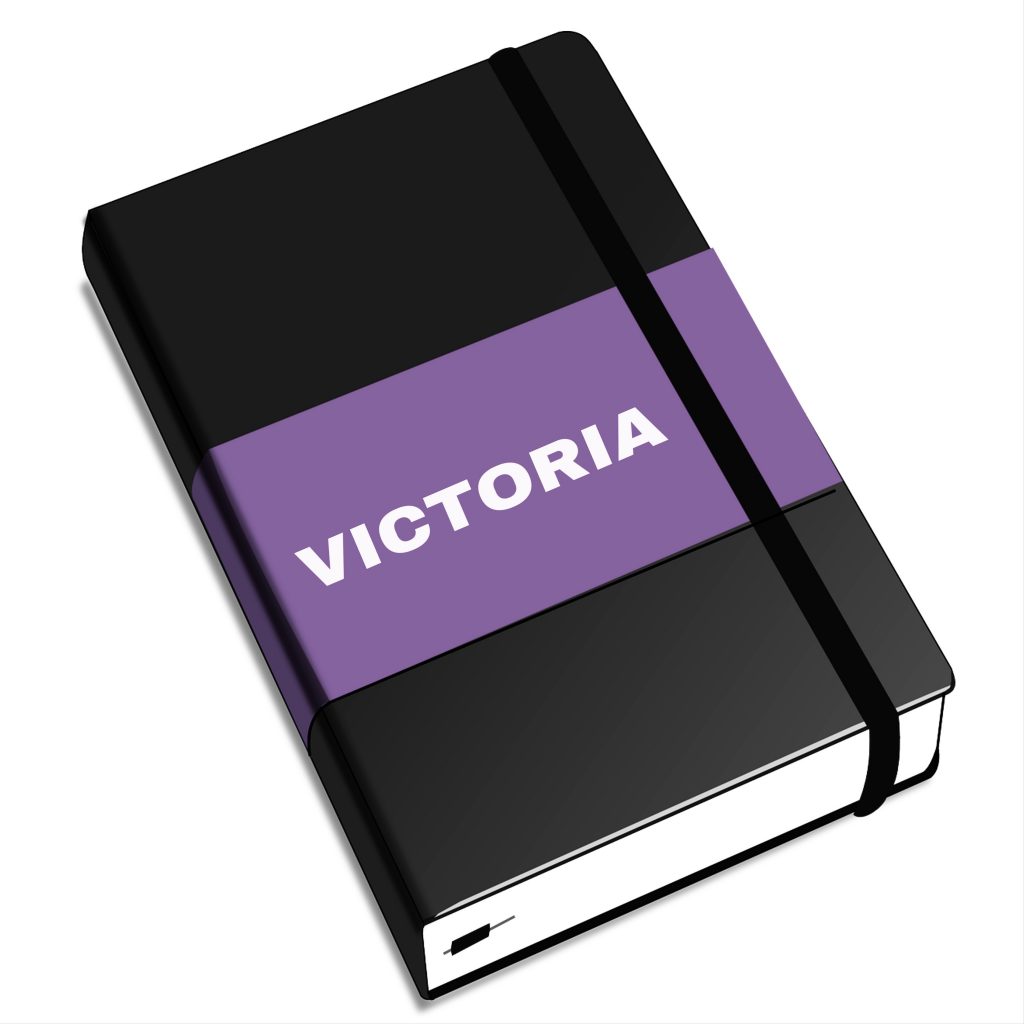The task I was given this week was to explore a design experience I had witnessed, I chose to go and observe the library entrance barriers as my artifact for this assignment.
These barriers in the library are situated on the ground floor with access from both sides of the building, on each side there are 3 machines, one side has 2 in and 1, the other is the opposite. These barriers are used to scan in and out of the library, this permits access only to students and faculty of the University.
The steps to use these barriers are: walk up to it, take your student card, place it on the light to scan the card, the gates will open, then you walk through and they close behind you.
Whilst observing students use these barriers I noticed that a lot of people were getting confused about which machines could be used to enter and which could be used to exit. A few people looked confused and walked up to the wrong ones and had to wait to use the correct ones, which in turn sometimes started queues forming. The signs for the direction of the barrier are on the small screen on the front and cannot be identified easily from a distance. This means that people have to quickly identify which barrier is which from a closer distance, which leads to mistakes, and in turn causes waiting at the machines and delay for entrance and exit.
